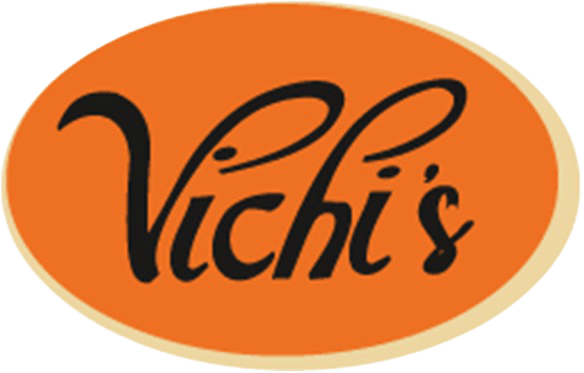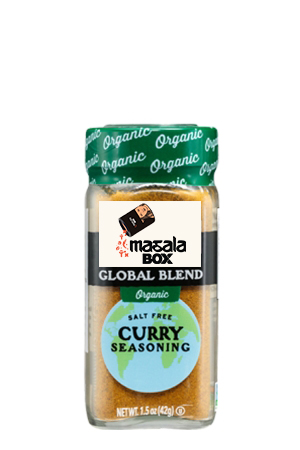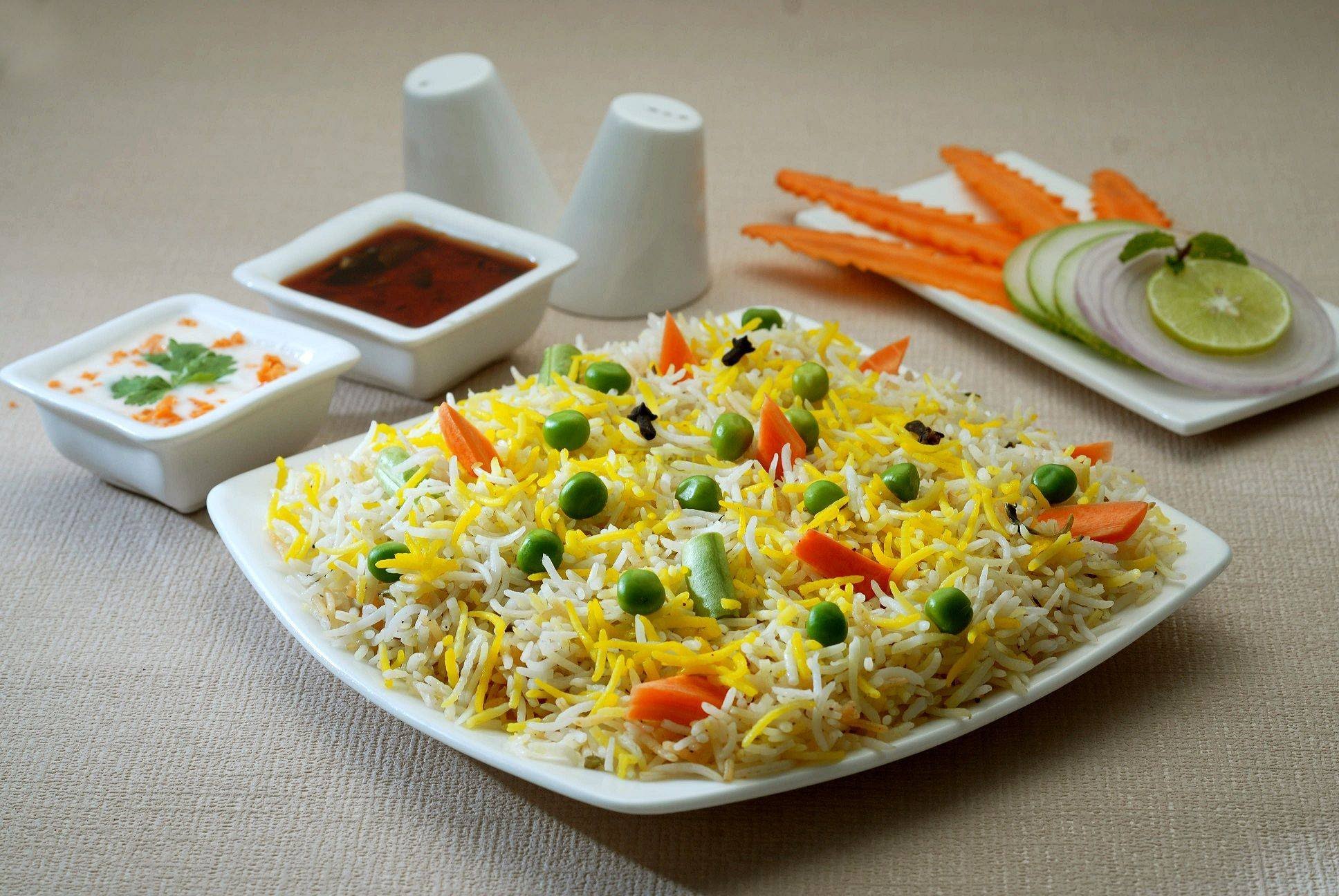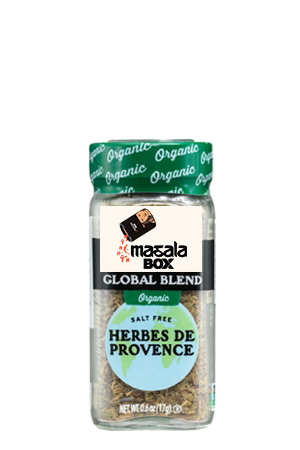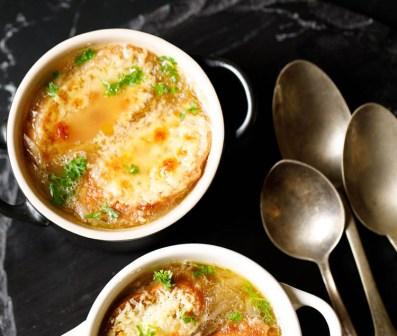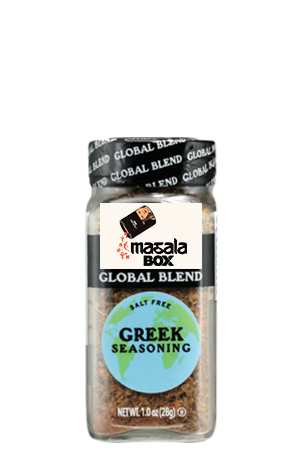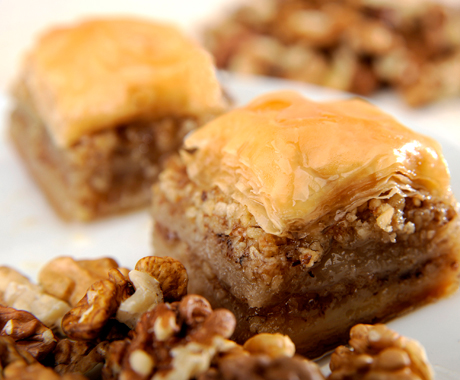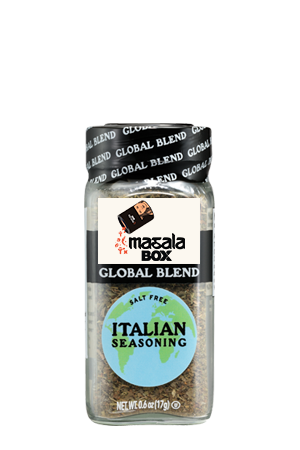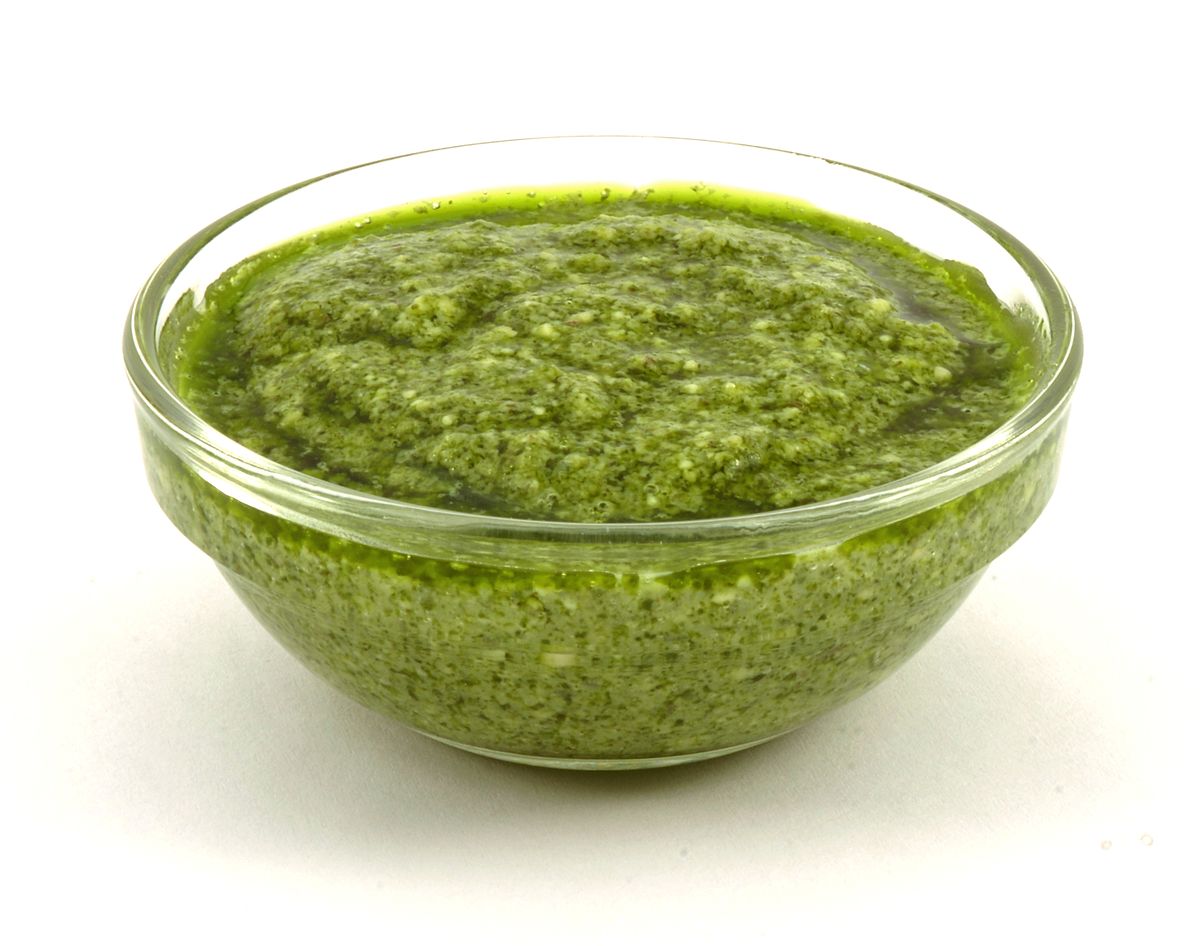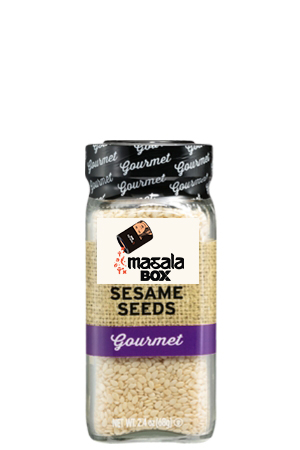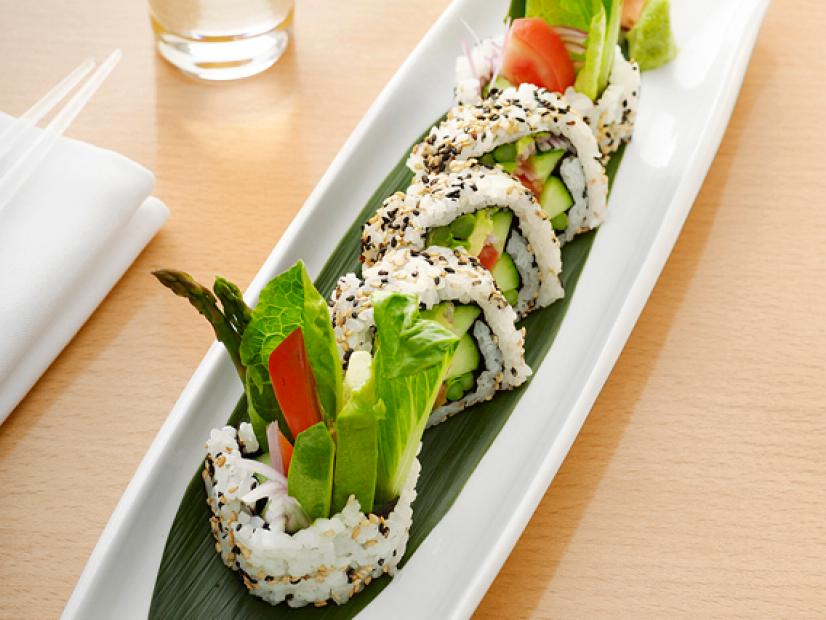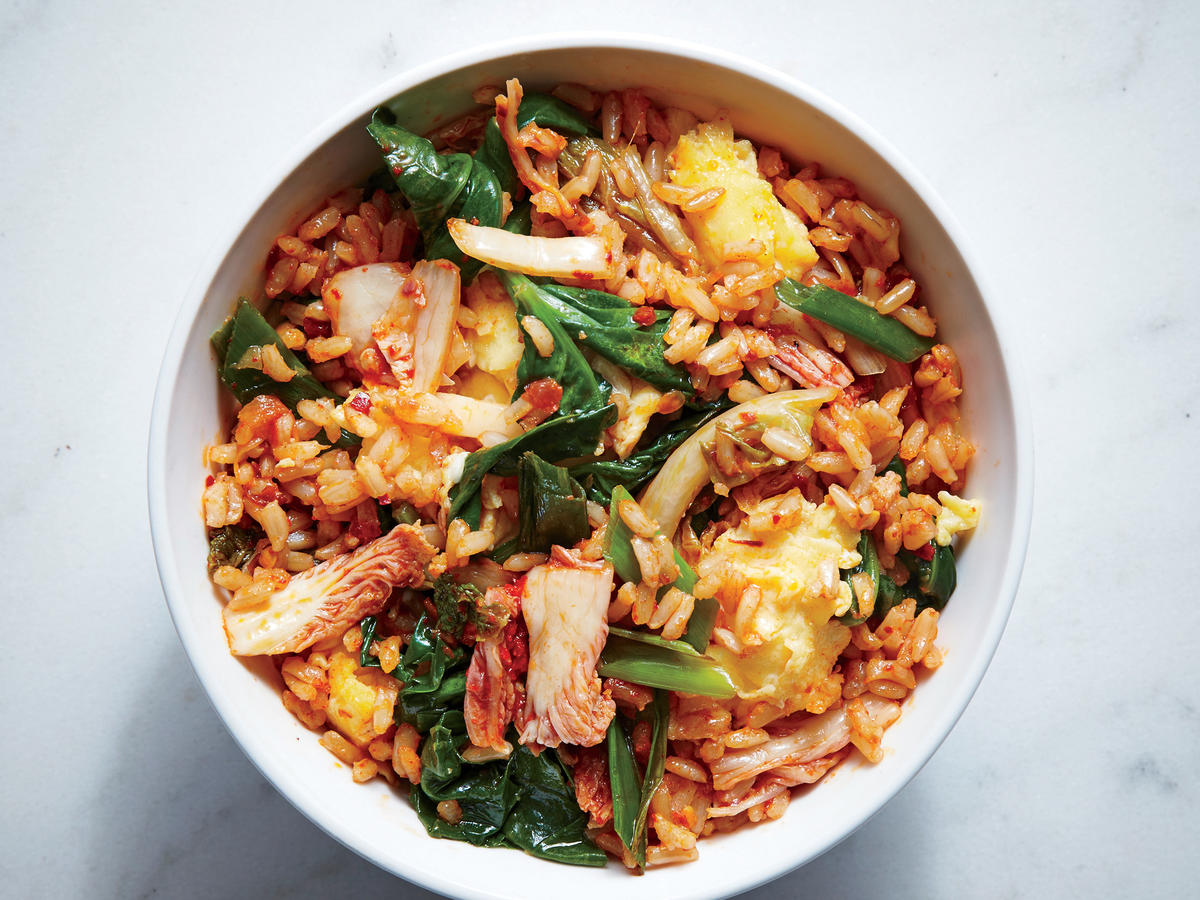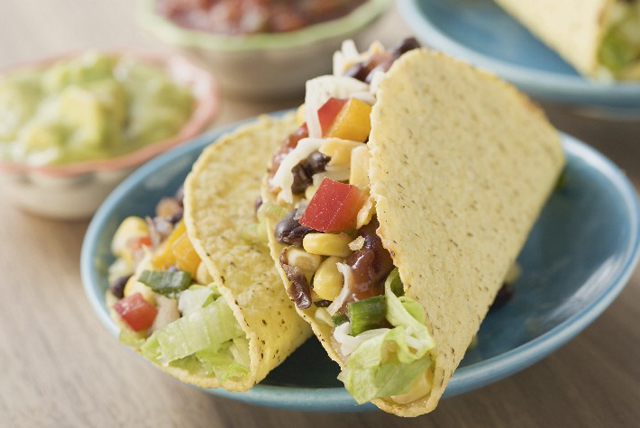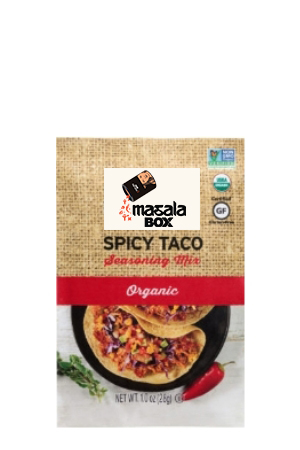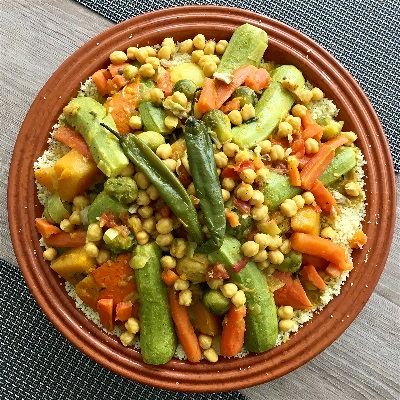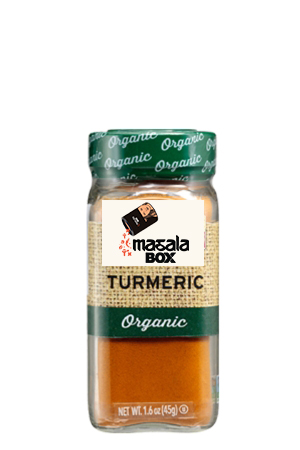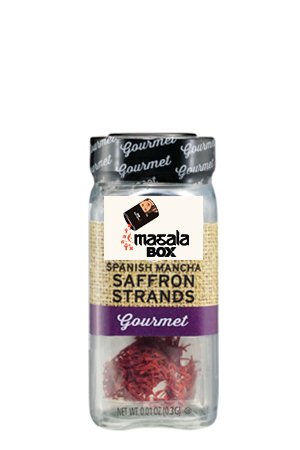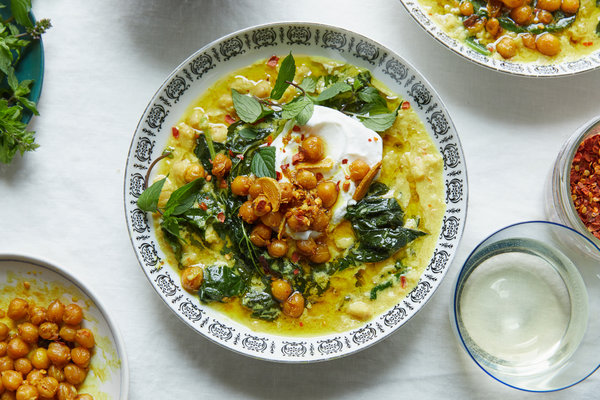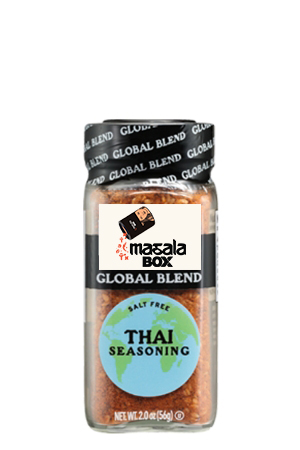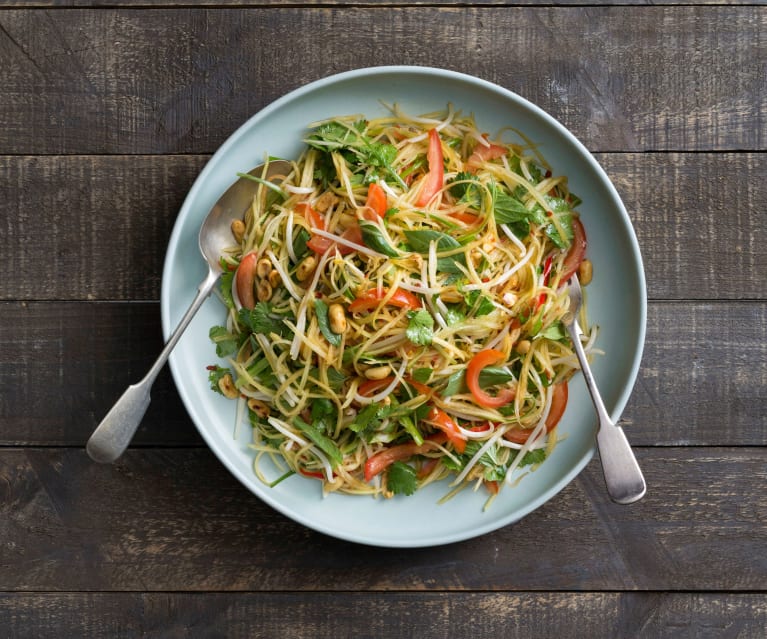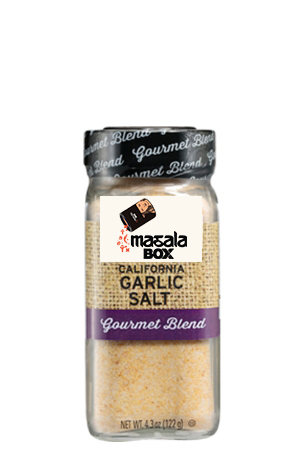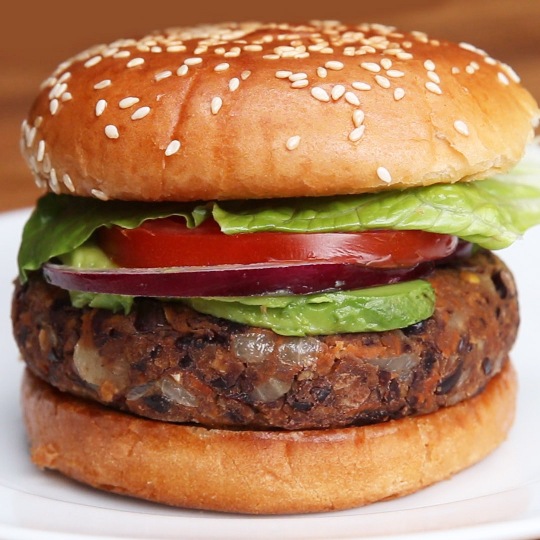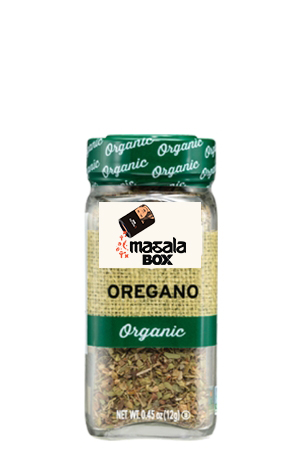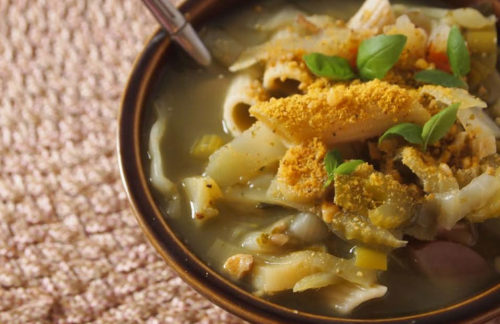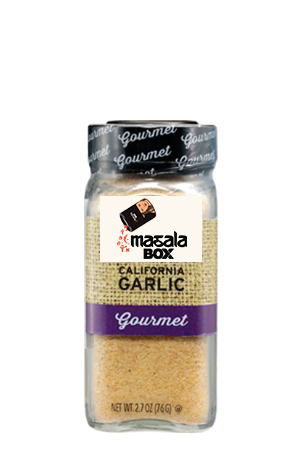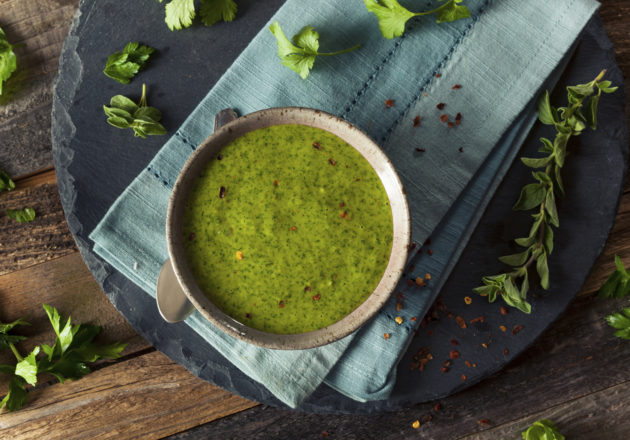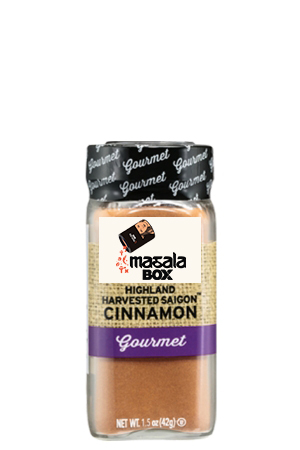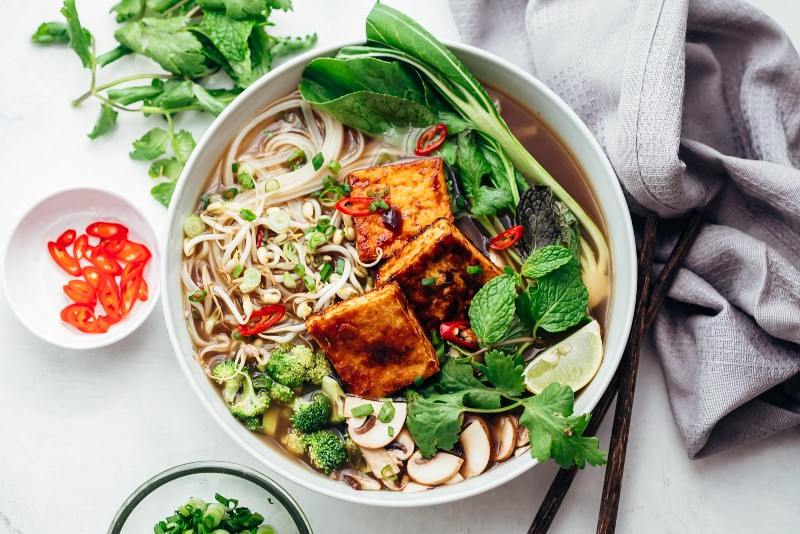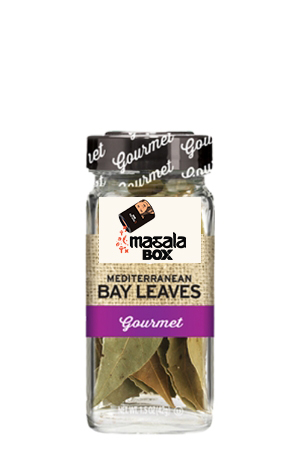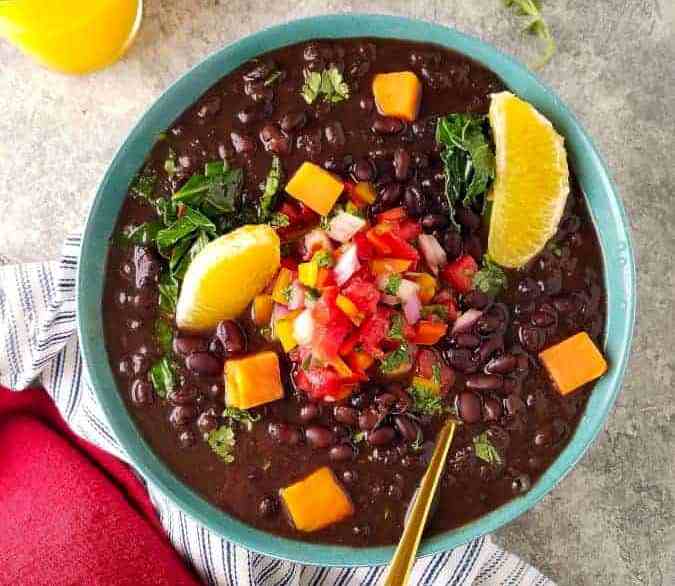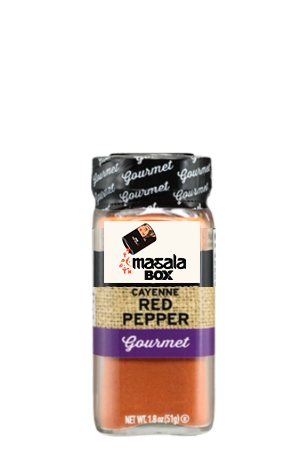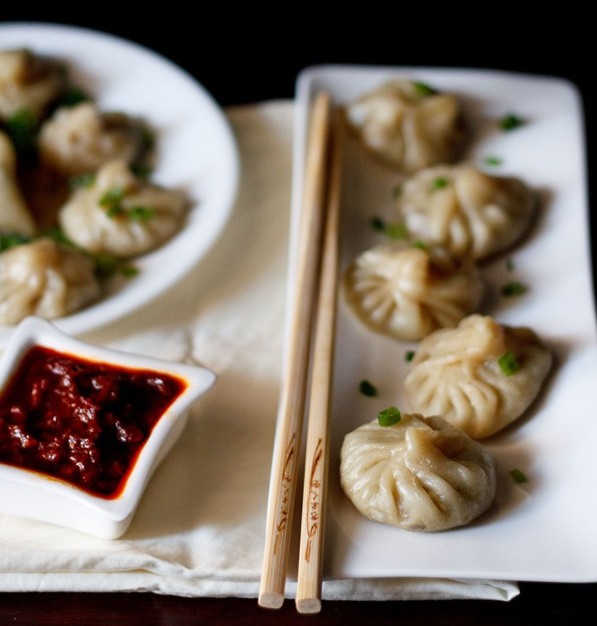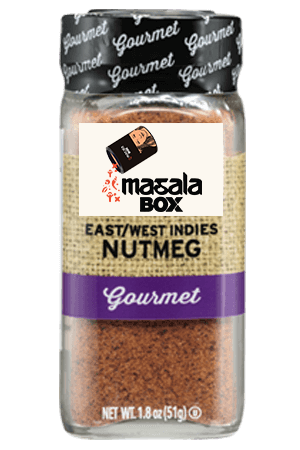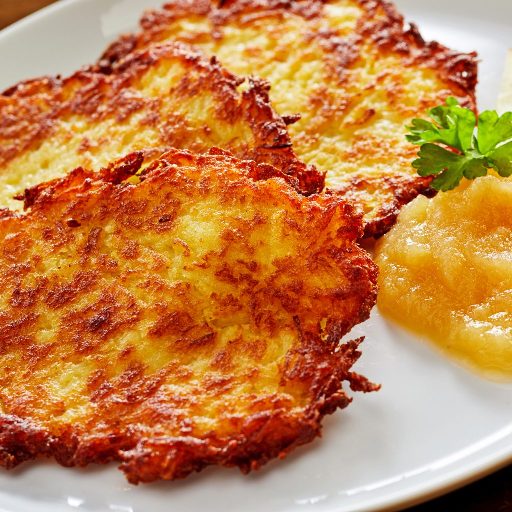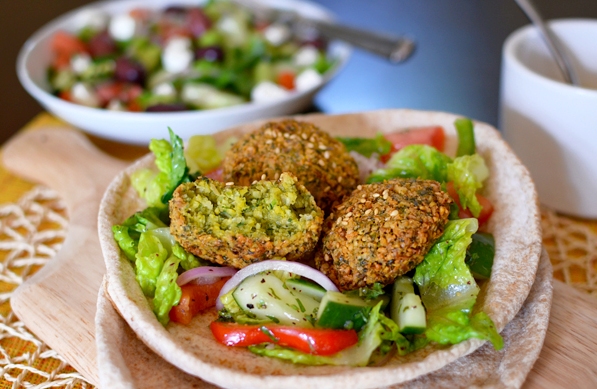India
Capital: New Delhi, Currency: Rupee , Official Language: Hindi, English, National Dish: Roti Sabzi or Dal Chawal

Holi is a Hindu religious festival of color that marks the beginning of spring. Holi participants throw colored powder at one another to symbolize joy and togetherness. A traditional Holi treat is thandai, a sweet milk drink with cardamom, fennel, rose petals, and poppy seeds.
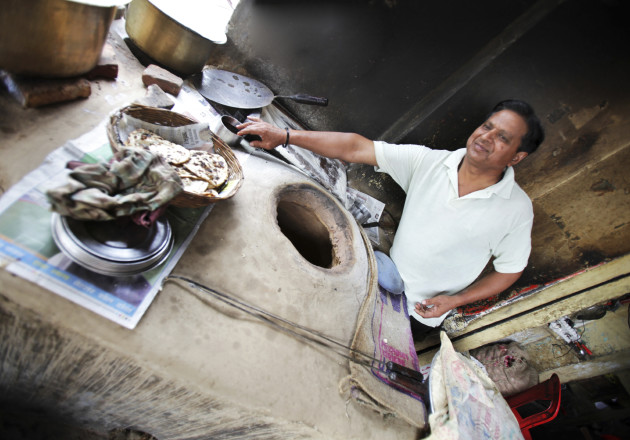
India is the cosmos of delicious food items. They are creative in their cooking, and the pinch of spices made up of natural ingredients carries great importance in this country.
France
Capital: Paris, Currency: Euro, Official Language: French, National Dish: Pot-au-Feu
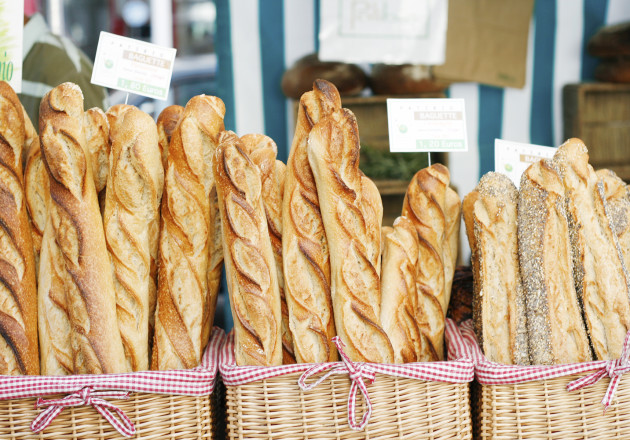
The citizens of France are crazy about their foods, and they need the best of spices to add more crisp as well as more delicacy to their favorite French dishes.
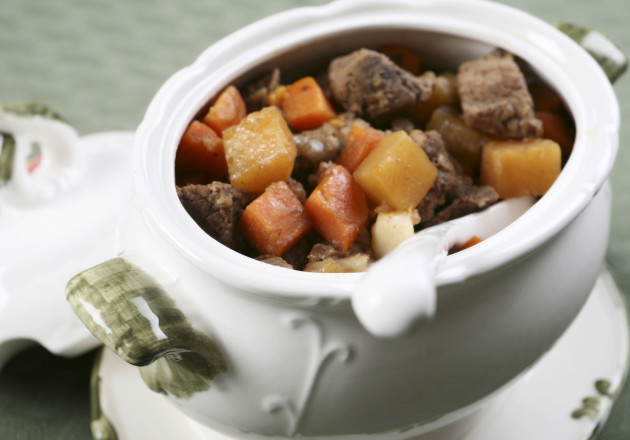
France’s national dish, pot-au-feu, means “pot on the fire.” It is a hearty stew with slow cooked beef, vegetables, and spices.
Greece
Capital: Athens, Currency: Euro, Official Language: Greek, National Dish: Moussaka
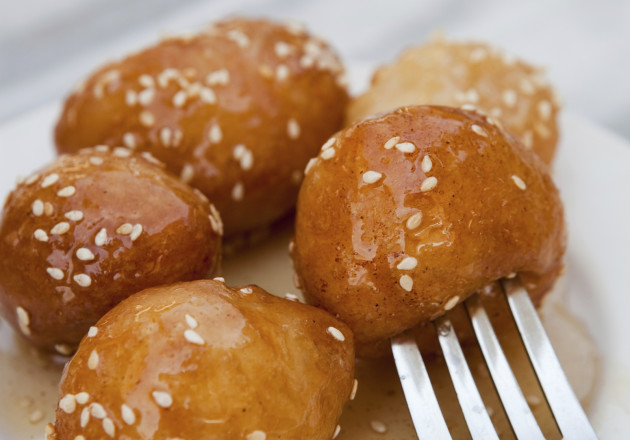
Greece is known for holding the food item ambrosia that is termed to be God’s recipe. Vichi Agro Products Pvt Ltd has a good collection of ingredients to make it taste even better.
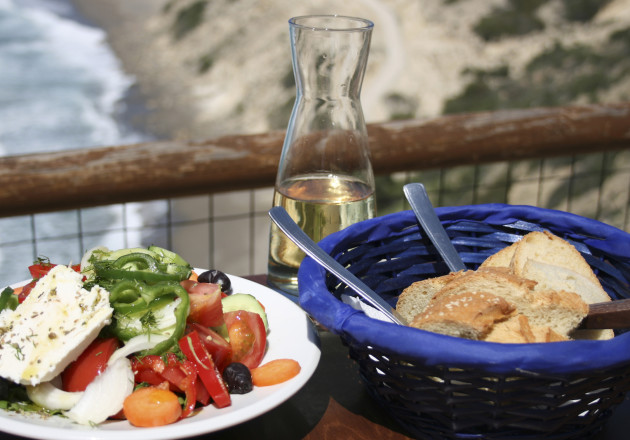
Long revered for its health benefits, the Mediterranean diet is known for containing an abundance of vegetables, olive oil, fish, and whole grains. The island of Crete is known for benefiting from the epitome of the Mediterranean diet, where residents enjoy a longer life span and emphasize relaxed and social mealtimes.
Italy
Capital: Rome, Currency: Euro, Official Language: Italian, National Dish: Pasta
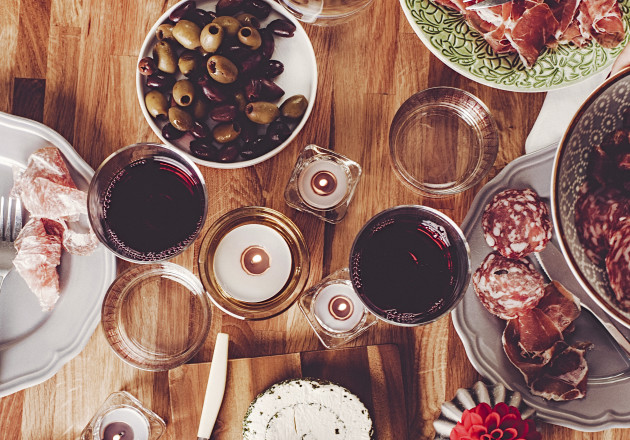
People from all across the world travel to Italy to taste its world-famous delicacies, and we contribute our part of delivering spices to make the dishes more delicious and commendable.
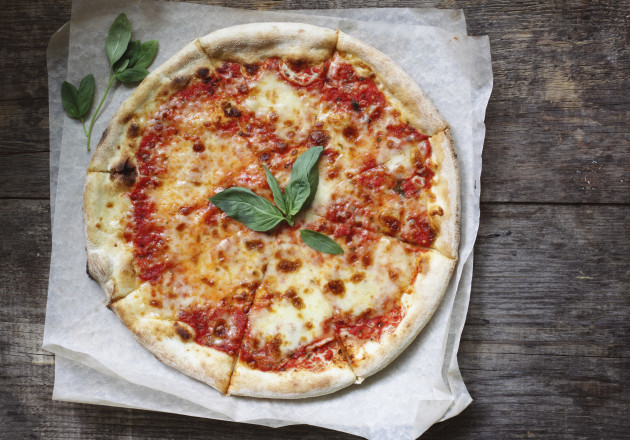
According to legend, the traditional Marghareta pizza was named after Queen Marghareta of Savoy on a visit to Naples. The tomato sauce, mozerella, and basil represent the red, white, and green of the Italian flag.
Japan
Capital: Tokyo, Currency: Yen, Official Language: Japanese, National Dish: Sushi
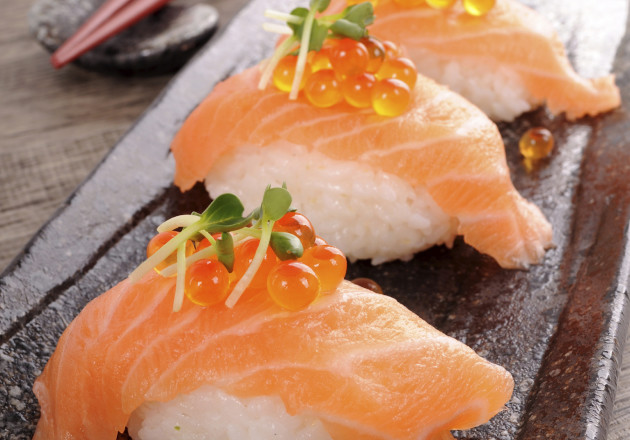
Sushi in Japan is as famous as the country. There are many other popular dishes that require a pinch of extravagant spices by Vichi Agro Products Pvt Ltd to bring out the core taste of it.
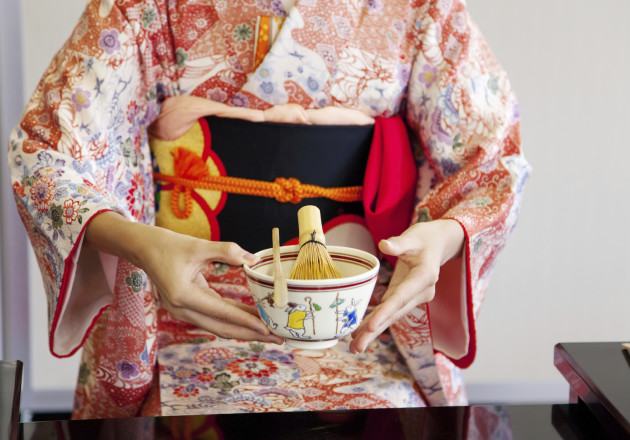
Sado is a Japanese tea ceremony in which the host prepares matcha, a powdered green tea, and food for guests. Special attention is given to honoring the seasons with seasonal food and décor.
Korea
Capital: Seol, Currency: Won, Official Language: Korean, National Dish: Kimchi

Korea prefers handmade spices for their dishes to add more flavor. The Koreans trust Vichi Agro Products Pvt Ltd with the ingredients and spices that are meant to make their meals even more delicious.
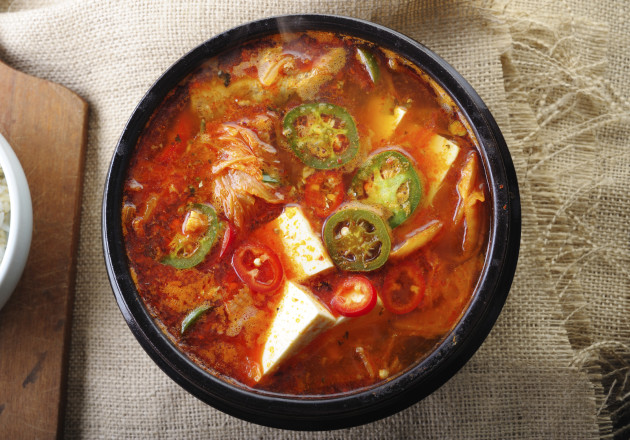
Similar to Japanese miso, doenjang is a staple Korean ingredient that provides delicious umami flavor. This fermented soybean paste is used in doenjang jjigae, a clear soup with tofu, potatoes, and vegetables.
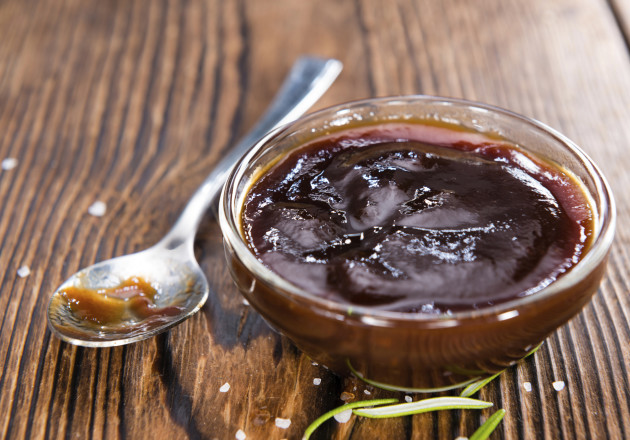
Gochujang is a fermented sweet and spicy condiment added to favorite dishes like bibimbap and bulgogi. This sauce is made from chili paste, sticky rice, soybeans, and salt.
Mexico
Capital: Mexico City, Currency: Peso, Official Language: Spanish, National Dish: Mole
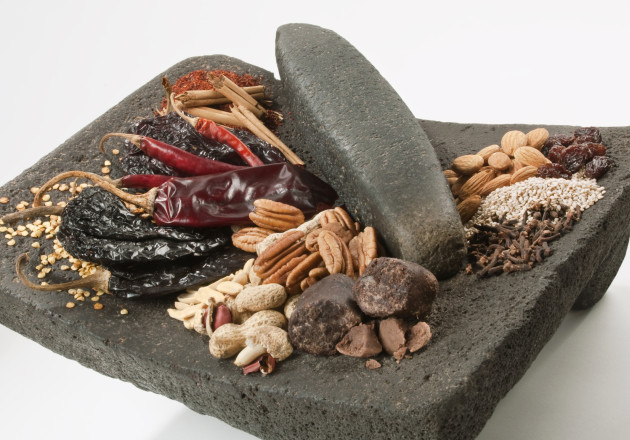
Mexico also has a strong sense of spices and additives for their meals. Vichi Agro Products Pvt Ltd respects their choice of ingredients and sums up adequate products for Mexican food lovers.
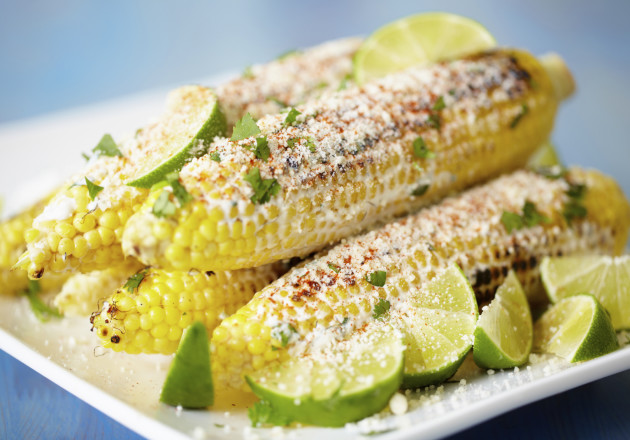
A popular Mexican street food is called elote, which is corn on the cob served on a stick. The corn is rolled in mayonnaise and smothered with cheese, lime, chili powder, and salt.
Morocco
Capital: Rabat, Currency: Dirham, Official Language: Arabic, National Dish: Cous cous
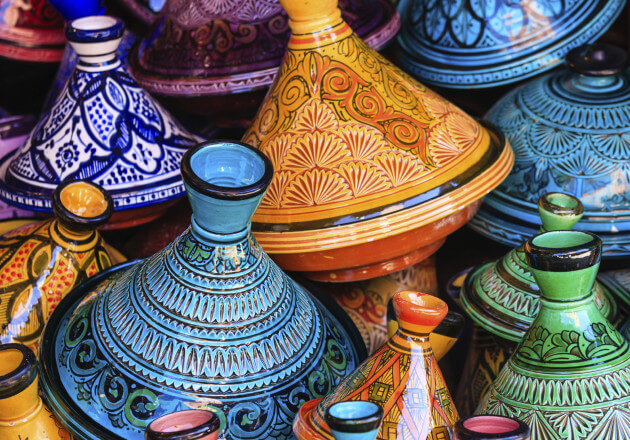
The people of Morocco are very much fond of non-vegetarian food items and prefer the spices of Vichi Agro Products Pvt Ltd to make it smell and taste delicious when served on the dining table.
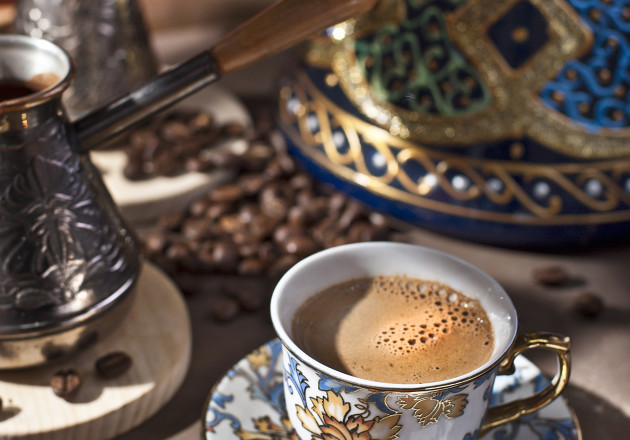
For a Moroccan flare to your morning, try adding The Vichi Agro Products Pvt Ltd Cardamom and Cloves to coffee grounds before brewing for Moroccan spiced coffee.
Spain
Capital: Madrid, Currency: Euro, Official Language: Spanish, National Dish: Paella

The Spanish People love to eat good food, and they choose Vichi Agro Products Pvt Ltd to make the food delicious and right from the aroma. Our spices are preserved to make the food extremely delicious.
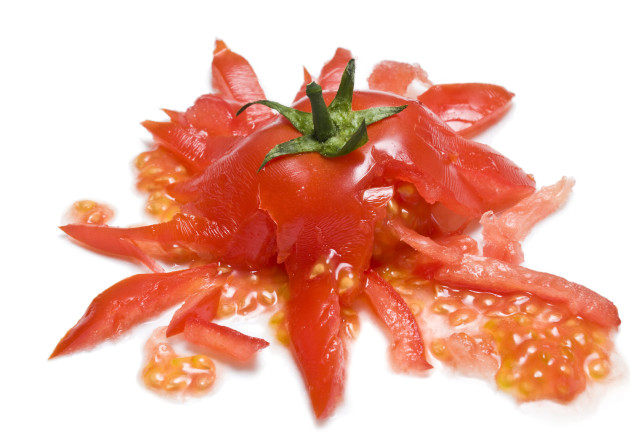
Buñol, Spain is host to the world’s largest food fight, La Tomatina. For three days each summer, participants throw overripe tomatoes at each other, all in good (and messy) fun.
Thailand
Capital: Bangkok, Currency: Thai baht, Official Language: Thai, National Dish: Pad Thai
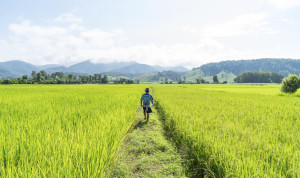
Thailand is agricultural land, and they grow mostly rice that is used in most of their dishes. They believe in adding natural spices to add more deliciousness, and Vichi Agro Products Pvt Ltd fulfills their needs.
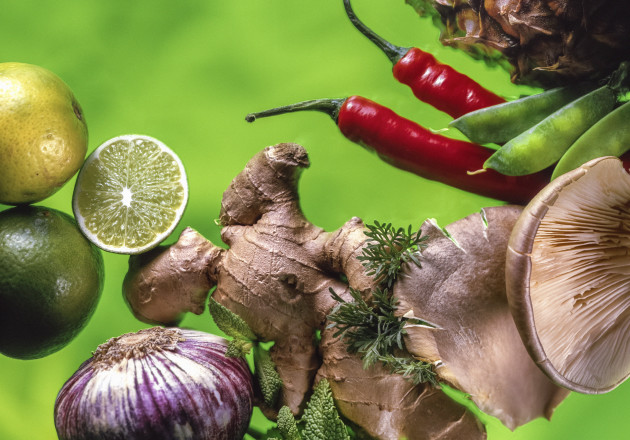
Thai food often balances sweet, spicy, sour and bitter flavors to create harmonious dishes. Quintessential Thai flavors include garlic, chilies, lime, lemongrass, coriander, and fish sauce.
United States
Capital: Washington DC, Currency: Dollar, National Dish: Apple Pie and Hamburger

The people of the United States love to add Garlic to their spices ingredients and food dishes. They have loads of garlic oriented food dishes, and Vichi Agro Products Pvt Ltd Garlic salt and other spices complement their wish.
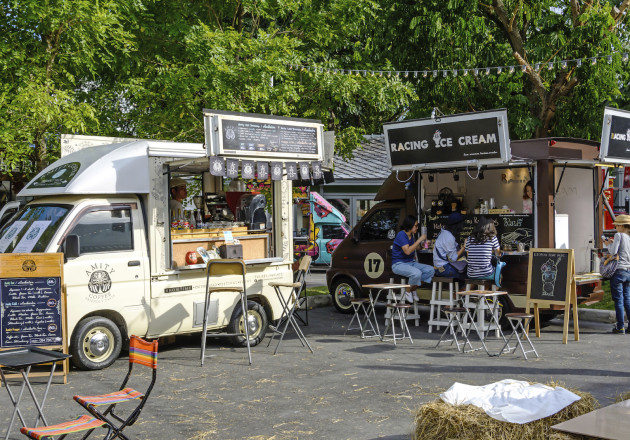
The US is a melting pot of different cultures, inspiring delicious fusion cuisines. Recent trends include Southeast Asian dishes, extra spicy foods, and smoky flavors.
Peru
Capital: Lima, Currency: Nuevo sol, Official Language: Spanish, National Dish: Ceviche

Peru is famous for its variety of potatoes, and they taste best when cooked with the best additives. Vichi Agro Products Pvt Ltd respects the need for additives for making the Peru dishes delicious.
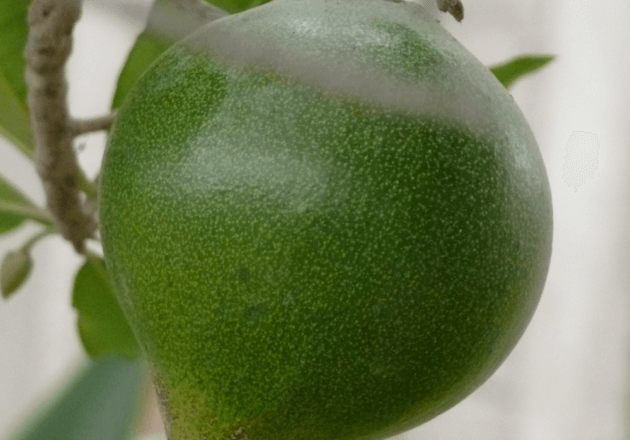
Lúcuma, a nutritious subtropical fruit with a maple-like taste, is a popular flavor for juices, ice cream, and shakes throughout Peru.
Argentina
Capital: Buenos Aires, Currency: Peso, Official Language: Spanish, National Dish: Asado, empanada

Beef is the most loved food in Argentina, and there are many items made that include Beef as the prime content. Vichi Agro Products Pvt Ltd’s garlic paste and other spices can make the beef items incredibly delicious.

Because over half of Argentina's population can claim at least partial Italian ancestry, the food in Argentina is heavily influenced by Italy's cuisine. Milanesa Napolitana, for example, is beef covered with ham, tomato sauce, and mozzarella. Pizza, pasta, and gelato are other popular Italian-influenced elements of Argentina's cuisine.
Viet Nam
Capital: Hanoi, Currency: Dong, Official Language: Vietnamese, National Dish: Pho, goi cuon, banh mi
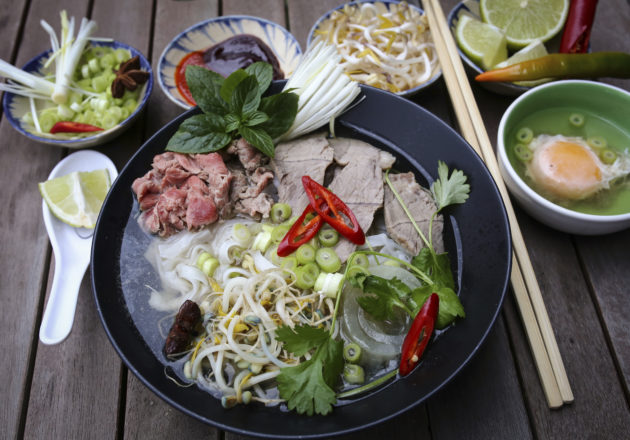
Vietnamese people love to add five types of spices to their foods that include salty, sweet, bitter, sour, and spicy. Vichi Agro Products Pvt Ltd has a collective solution for all the needs of the Vietnamese people.

With minimal dairy and oils and tons of fresh vegetables and herbs, Vietnam's cuisine is one of the healthiest in the world. For example, goi cuon is a popular dish that consists of shrimp, vegetables, rice noodles, and herbs rolled in rice paper.
Brazil
Capital: Brasília, Currency: Real, Official Language: Portuguese, National Dish: Feijoada
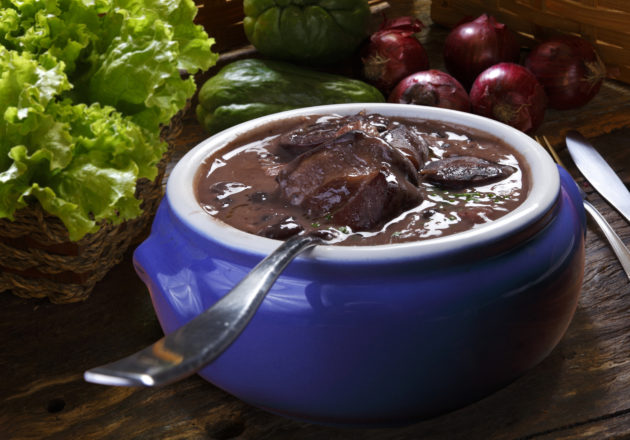
Brazilians are lovers of pork and beef items, and they lack taste without the addition of delicious spices and additives. Vichi Agro Products Pvt Ltd makes quality spices to trigger the senses of Brazilians.

Pizza is surprisingly popular in Brazil. In addition to the traditional Italian toppings, Brazilians add ingredients like guava cheese, banana, cinnamon, and even chocolate to their pizzas.
Nepal
Capital: Kathmandu, Currency: Rupee, Official Language: Nepali, National Dish: Dal Bhat
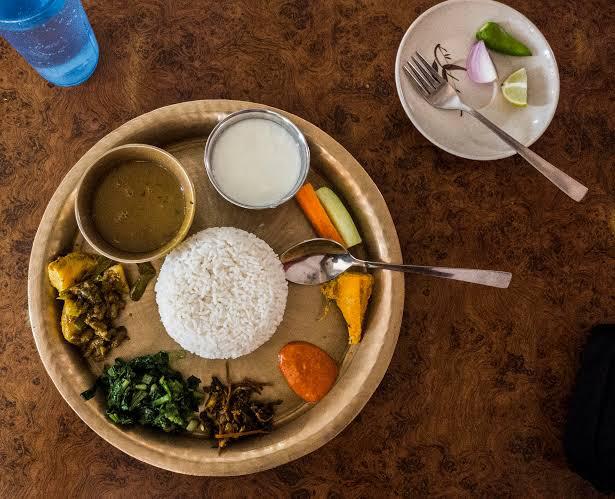
The regular Nepali Meal is dal (lentil soup), bhat (boiled rice) and tarkari (curried vegetables), most often accompanied by achar(pickle) or just raw chillie. Momos deserve a mention as one of the most popular snacks among Nepalis. Nepalis love Vichi Agro Products Pvt. Ltd. Products to make their dishes delicious.
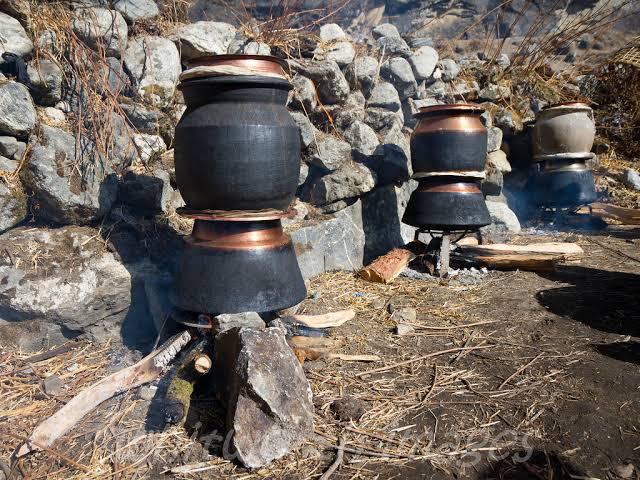
Nepalis love to brew alcoholic beverages by themselves in their houses. Not only they are pure, but they are also free of chemicals. Rakshi is a popular alcoholic drink made in a rustic distillery and is important for various religious rituals and social events.
Germany
Capital: Berlin, Currency: Euro, Official Language: German, National Dish: Currywurst, sauerbraten, bratwurst, eisbein with sauerkraut

Germany is the country that loves its breads, and they like to have it every then and now. Vichi Agro Products Pvt Ltd has the right ingredients and additives to make the German bread tastes even more delicious.

Beer in Germany is governed by the Reinheitsgebot ("German Beer Purity Law"), which dates back to 1516. The only ingredients that can be used to produce German beers are water, barley, and hops.
Turkey
Capital: Ankara, Currency: Turkish lira, Official Language: Turkish, National Dish: Pide
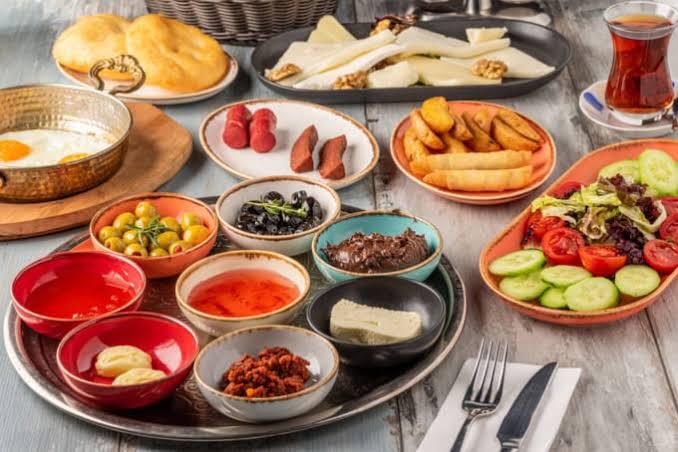
Turkish are total believer of heavy king size breakfast. Typical turkish breakfast includes cheese, butter, olives, eggs, muhammara, tomatos, cucumbers, jam, honey and kaymak, sucuk, pasitirma, borek, simit, pogaca, fried dough as well as soup. They definitely need Vichi Agro Products Pvt. Ltd. products for their bright mornings.

Turkey is the 4th biggest olive oil producer in the world. Turkish olive oil are extremely smooth and have a more gentle taste. Once you have tasted a high quality Turkish Olive Oil, your life will never be same again.
